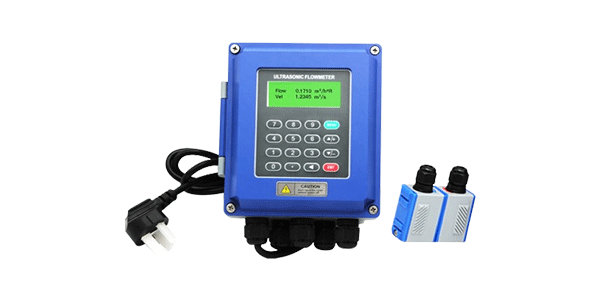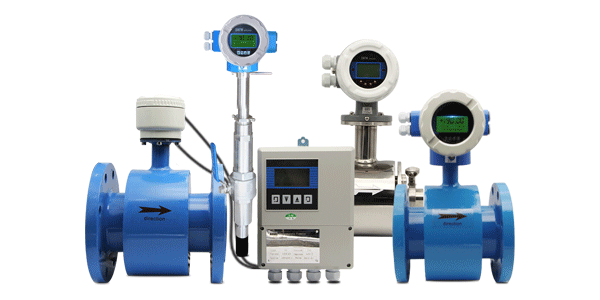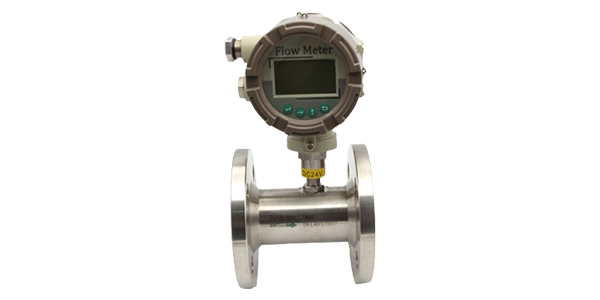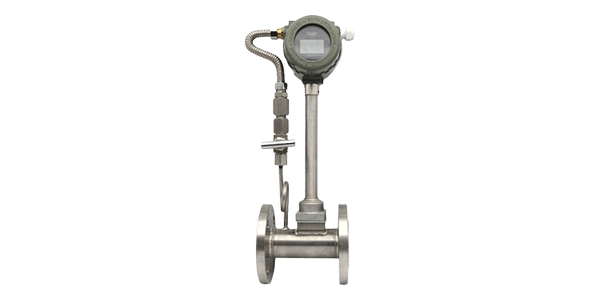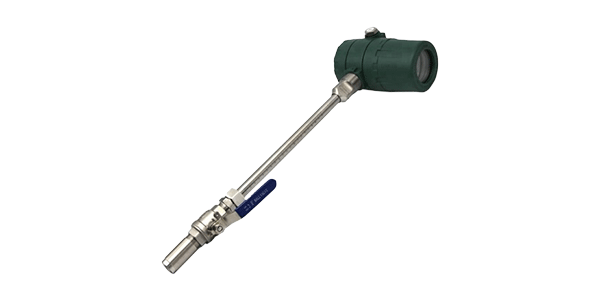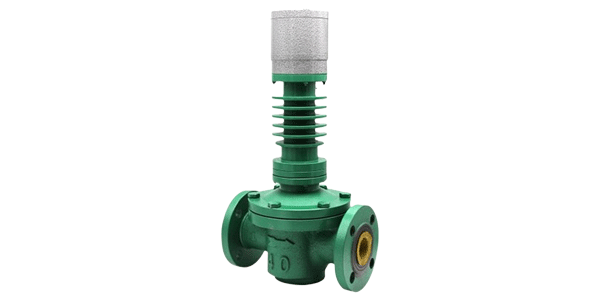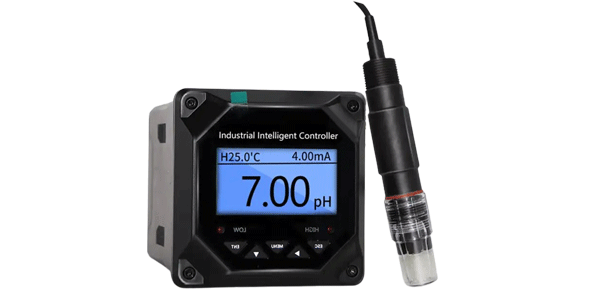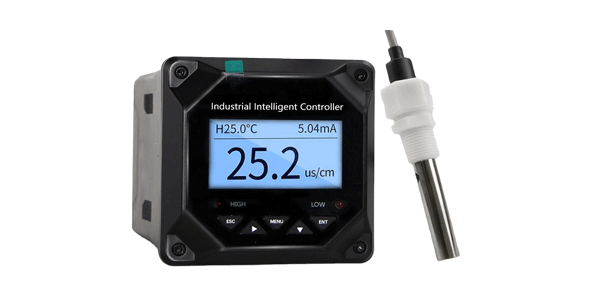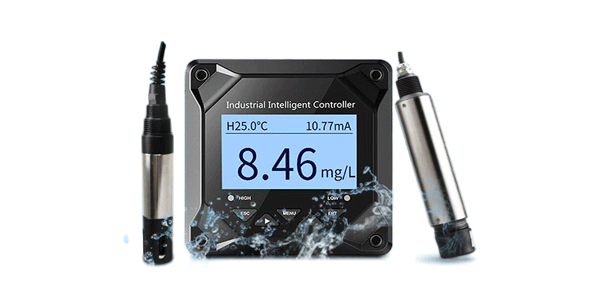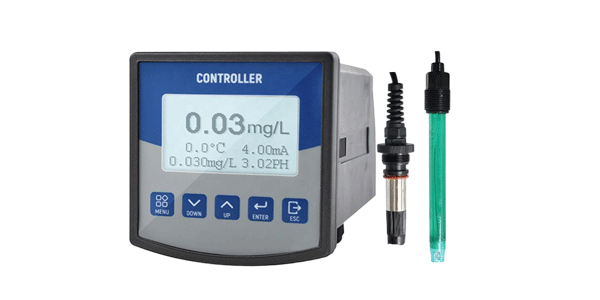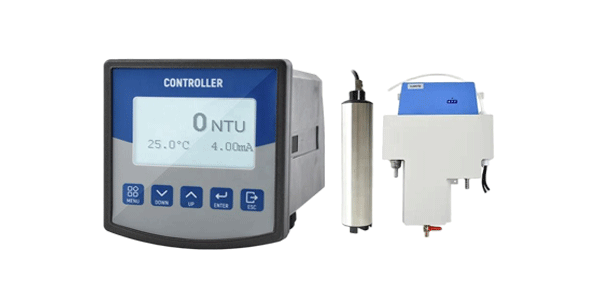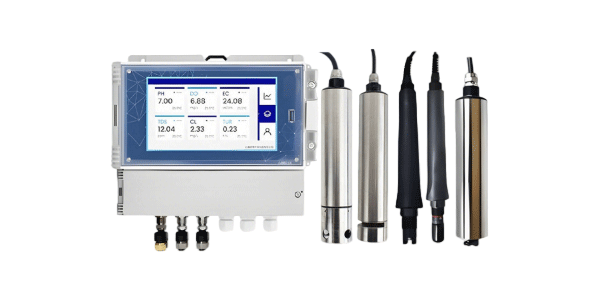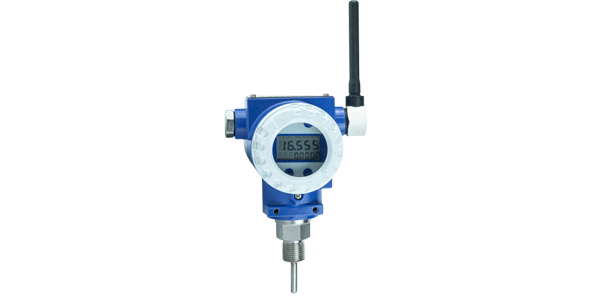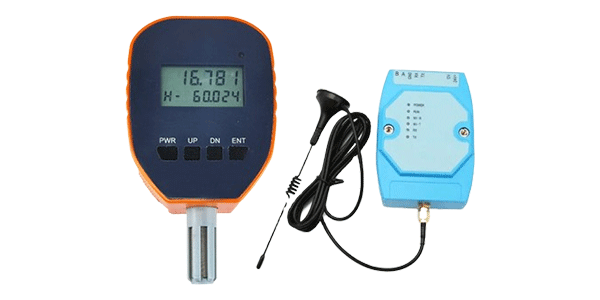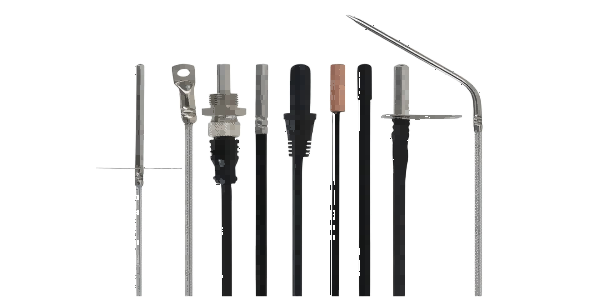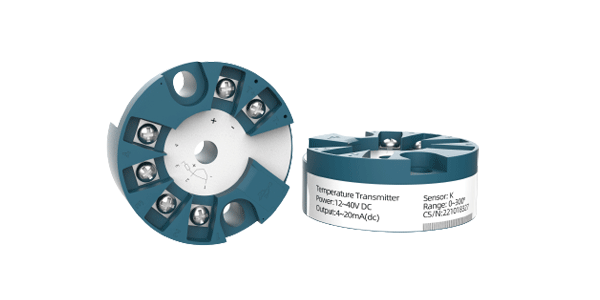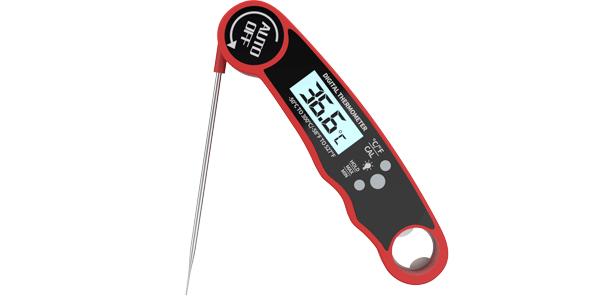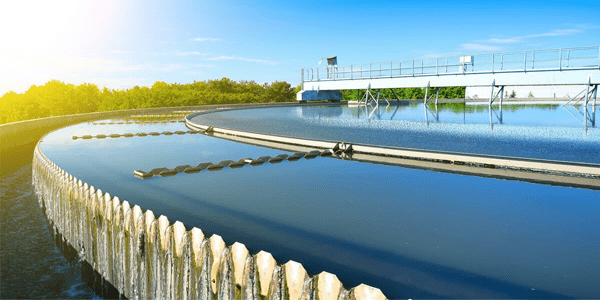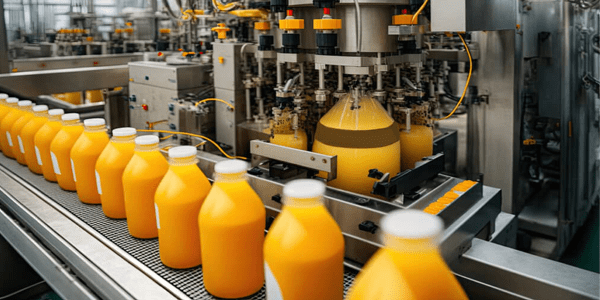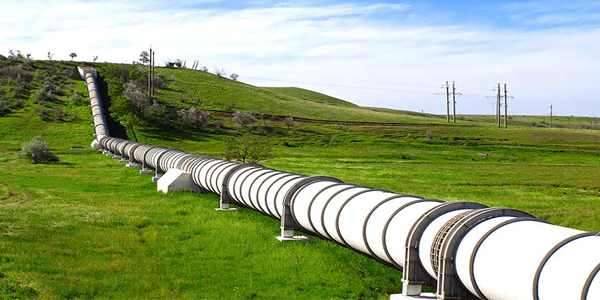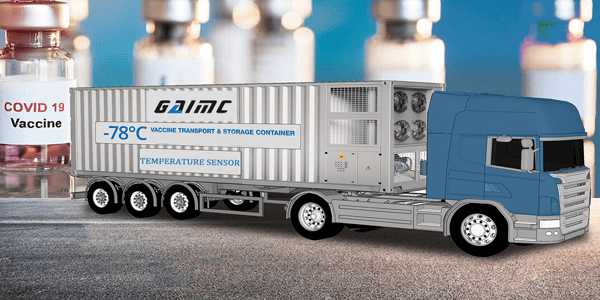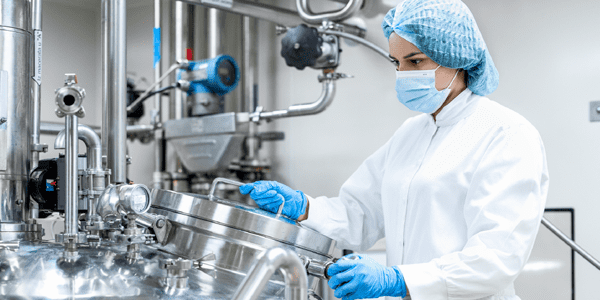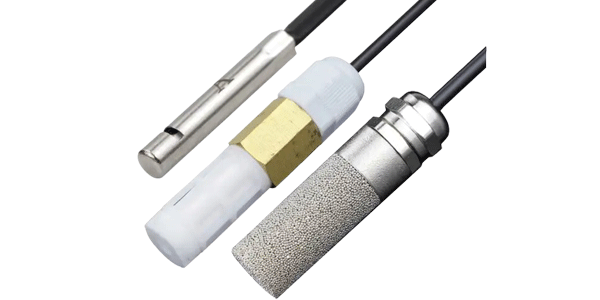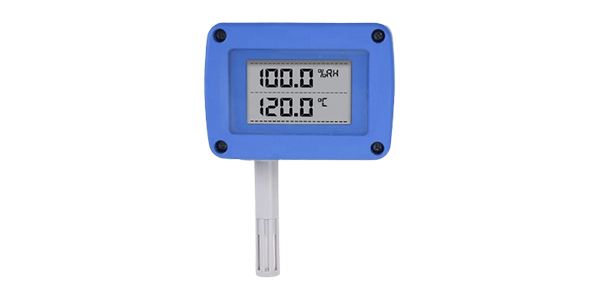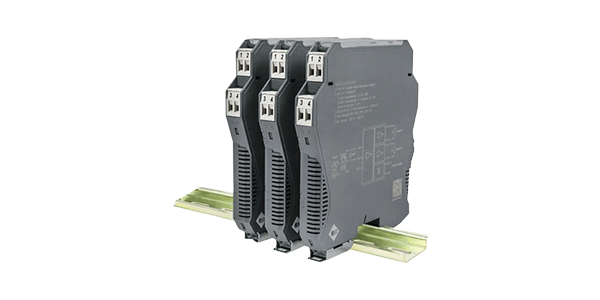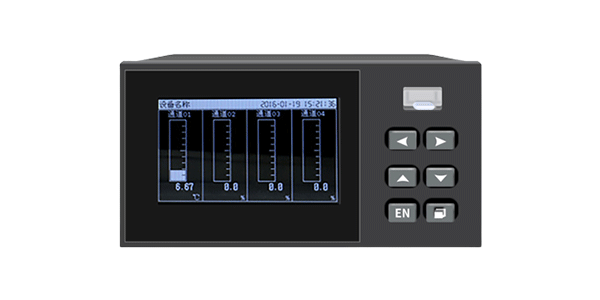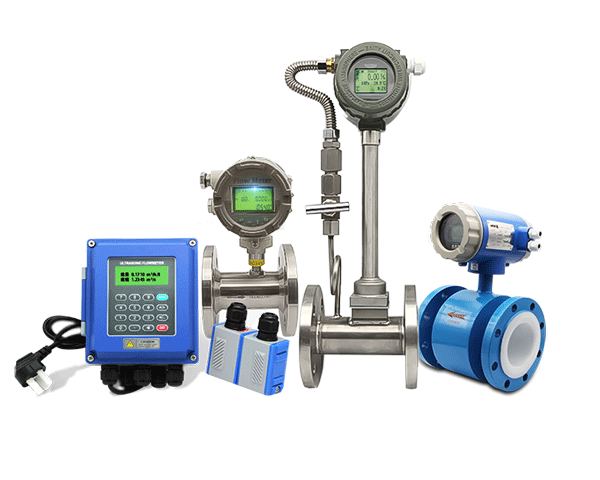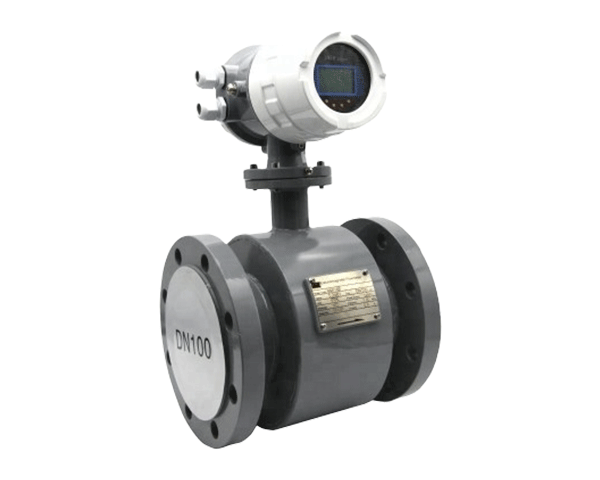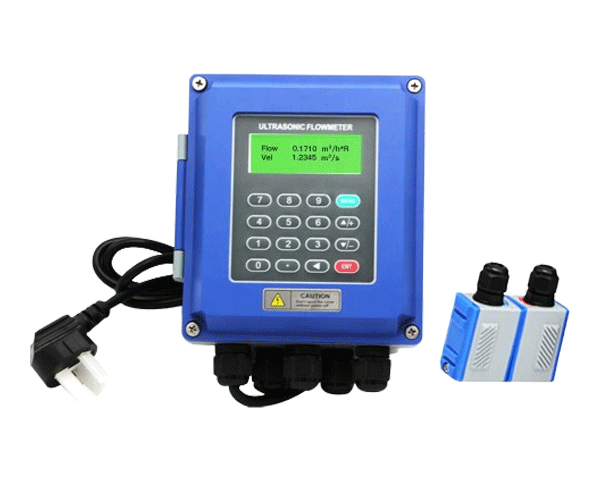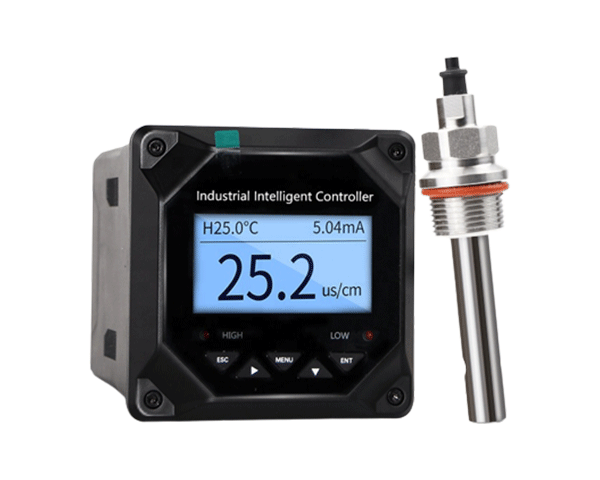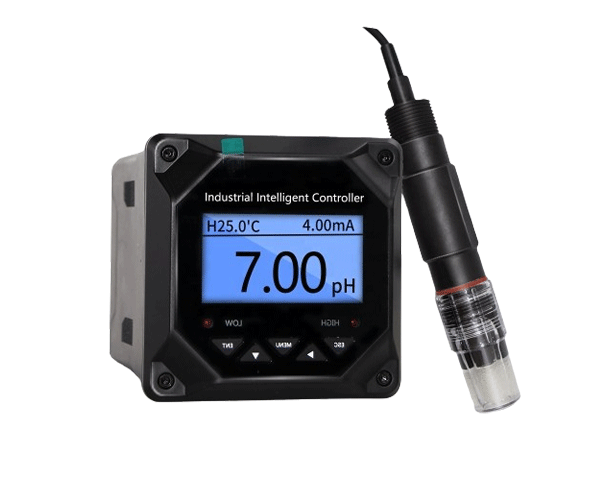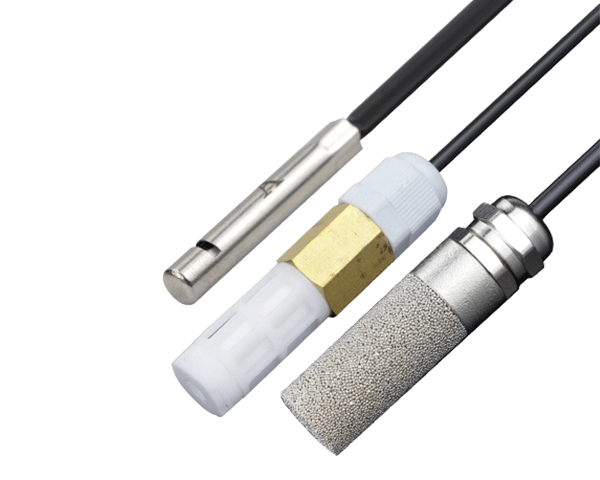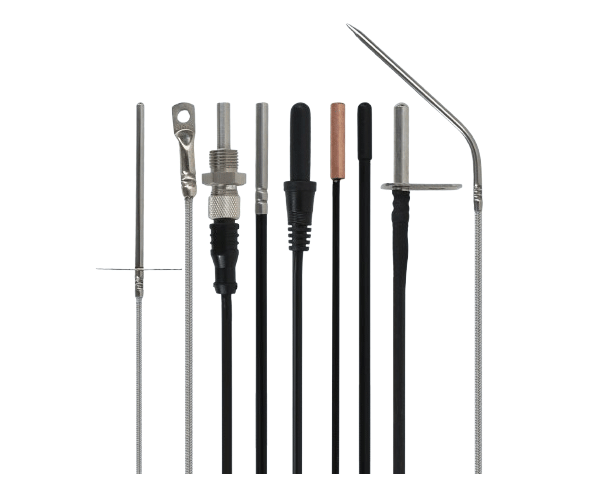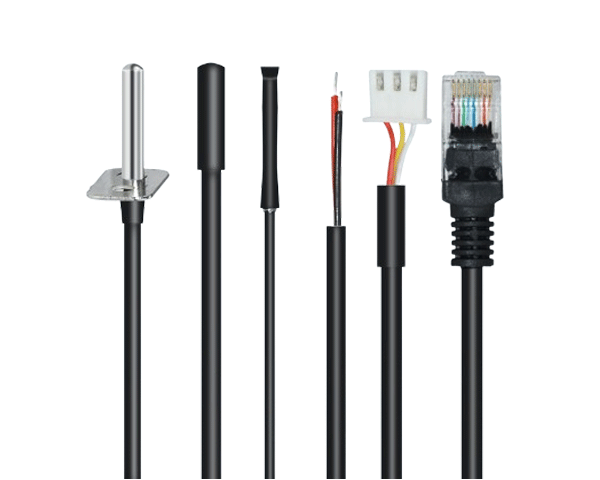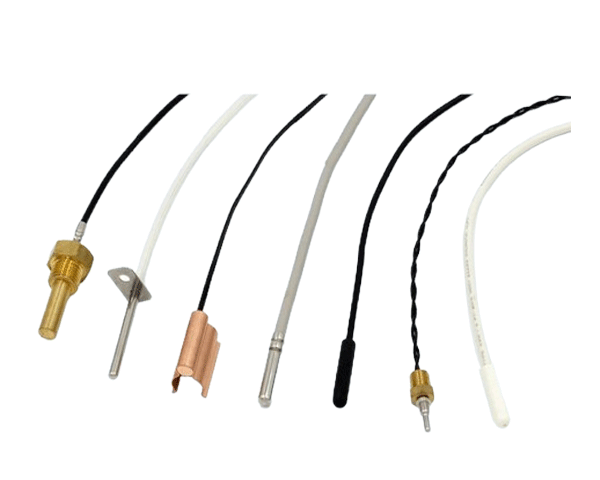As a business decision-maker, you're facing a critical choice between online and portable water quality analyzers that will impact your operational efficiency, compliance costs, and data management capabilities. This comprehensive guide will provide you with the strategic insights needed to make an informed investment decision, comparing installation requirements, operational costs, data accessibility, and ROI scenarios for both monitoring approaches.
Understanding Your Monitoring Options
In today's competitive industrial landscape, selecting the right water quality monitoring technology is not just a technical decision—it's a strategic business choice that affects your bottom line, regulatory compliance, and operational flexibility.
Online Water Quality Analyzers: Continuous Operational Intelligence
Real-Time Process Control
Continuous data streaming enables immediate response to quality deviations, protecting your processes and products from contamination incidents.
Reduced Labor Costs
Automated operation minimizes manual sampling and testing requirements, significantly cutting operational expenses over time.
Regulatory Compliance Assurance
Comprehensive data logging and automated reporting ensure you maintain compliance with increasingly stringent environmental regulations.
Portable Water Quality Analyzers: Strategic Flexibility
Lower Initial Investment
Reduced capital expenditure makes portable units accessible for businesses with budget constraints or multiple monitoring points.
Multi-Point Monitoring Capability
Single-unit deployment across multiple locations maximizes equipment utilization and return on investment.
Rapid Deployment
Quick setup and mobility enable immediate response to emergency situations or temporary monitoring requirements.
Business Case Analysis: Cost and ROI Comparison
|
Business Consideration
|
Online Analyzers
|
Portable Analyzers
|
|
Initial Investment
|
$5,000 - $25,000+ per installation
|
$1,500 - $8,000 per unit
|
|
Installation Costs
|
High (plumbing, electrical, housing)
|
Minimal to none
|
|
Operational Labor
|
Low (automated operation)
|
High (manual operation)
|
|
Data Accessibility
|
Real-time, remote access
|
Manual download required
|
|
Maintenance Costs
|
Predictable, scheduled
|
Variable, usage-dependent
|
Industry-Specific Implementation Scenarios
Municipal Water Treatment Plants
Recommended Approach: Hybrid deployment with online analyzers for critical process control points (raw water intake, finished water) and portable units for distribution system monitoring and emergency response.
Business Justification: Online systems ensure continuous compliance with drinking water standards while portable units provide cost-effective coverage of extensive distribution networks.
Industrial Manufacturing
Recommended Approach: Online analyzers for wastewater discharge compliance and process water quality control, supplemented by portable units for internal environmental audits and spill investigation.
Business Justification: Automated compliance monitoring reduces regulatory risk while maintaining flexibility for internal environmental management systems.
Mining and Resource Extraction
Recommended Approach: Portable analyzers for baseline monitoring and exploration activities, transitioning to online systems for permanent discharge points and tailings management facilities.
Business Justification: Matches monitoring intensity to project lifecycle, optimizing capital allocation while meeting environmental obligations.
GAIMC Enterprise Monitoring Solutions
GAIMC Sentinel Pro Online Series
Enterprise-grade online monitoring systems designed for critical process control and regulatory compliance in demanding industrial environments.
-
Multi-parameter continuous monitoring
-
Cloud-based data management platform
-
Automated compliance reporting
-
Remote calibration and diagnostics
-
Industrial cybersecurity protocols
Ideal For: Wastewater treatment plants, industrial discharge points, process water quality control
GAIMC MobileLab Enterprise Portable Series
Professional portable analyzers combining laboratory accuracy with field durability for comprehensive multi-point monitoring programs.
-
Up to 15 parameter capabilities
-
Enterprise data management integration
-
Ruggedized for industrial environments
-
GPS-enabled sample logging
-
Custom parameter configurations
Ideal For: Environmental auditing, multi-site operations, emergency response, compliance verification
Implementation Roadmap: Making the Transition
Phase 1: Needs Assessment
Conduct a comprehensive analysis of your monitoring requirements, regulatory obligations, and operational constraints. Consider factors such as monitoring frequency, data accessibility needs, and available infrastructure.
Phase 2: Technology Evaluation
Evaluate both online and portable solutions against your specific use cases. Consider conducting pilot deployments to validate performance in your operational environment.
Phase 3: Total Cost of Ownership Analysis
Calculate the 5-year total cost of ownership for each option, including capital investment, installation, maintenance, consumables, and labor requirements.
Phase 4: Implementation Strategy
Develop a phased implementation plan that minimizes operational disruption while maximizing monitoring coverage and data quality.
Frequently Asked Questions
What is the typical payback period for online analyzer installations?
Most businesses achieve ROI within 12-24 months through reduced labor costs, improved process efficiency, and avoidance of compliance penalties. The exact payback period depends on your specific application, monitoring frequency requirements, and labor rates.
Can portable analyzers provide data for regulatory compliance reporting?
Yes, modern portable analyzers like the GAIMC MobileLab Enterprise Series can generate compliance-grade data with proper calibration and quality assurance protocols. However, they may not satisfy requirements for continuous monitoring where real-time data is mandated.
How do we integrate water quality data with our existing enterprise systems?
GAIMC solutions offer multiple integration options including API connectivity, cloud data synchronization, and compatibility with common industrial SCADA systems. Our technical team can work with your IT department to ensure seamless data flow to your enterprise resource planning and environmental management systems.
What support services are available for ongoing operation and maintenance?
GAIMC provides comprehensive service packages including scheduled maintenance, remote diagnostics, calibration services, and operator training programs. We also offer performance guarantees and service level agreements to ensure your monitoring operations remain compliant and efficient.
Source Information
This business analysis incorporates operational data from GAIMC's enterprise client implementations, industry benchmarking studies, and total cost of ownership models validated across multiple industrial sectors. Performance metrics and ROI calculations are based on actual client case studies and industry-standard financial modeling methodologies. All regulatory compliance information reflects current EPA, EU, and international water quality standards as of publication date.
Schedule Your Enterprise Monitoring Assessment
Our industrial solutions specialists will conduct a comprehensive analysis of your monitoring requirements and provide a detailed business case for the optimal technology approach. Receive a customized ROI analysis and implementation roadmap for your organization.
Request Business Assessment
All assessments include a detailed cost-benefit analysis and technology recommendation report specific to your operational requirements.
